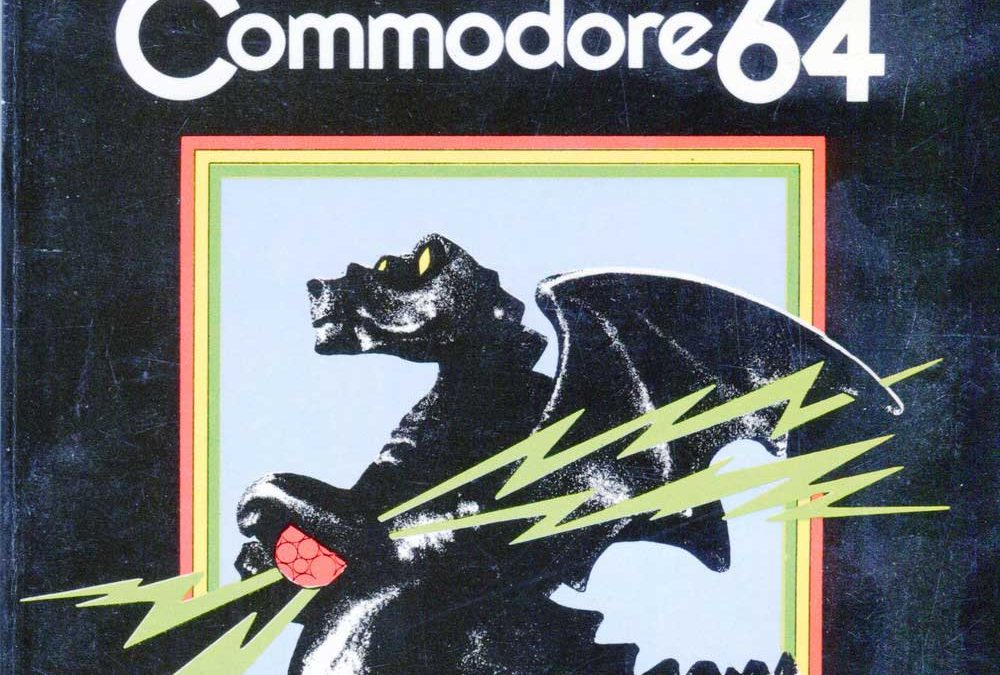
Matthew Hall‘s Microbee adventure game the “Jewels of Sancara Island” had survived the last thirty or so years as a Turbo Pascal listing has been resurrected by Alan Laughton from the Microbee Software Preservation Project. Hall was 12 years old when he wrote “Jewels of Sancara Island” at a school computer course. He used as his guide the book “Creating Adventures on your Commodore 64”. He explains “it was an adventure game, following the standard themes of the time. You wash up on a mysterious island. You have to find the jewels of Sancara Island and escape!”.

“Melbourne Draw” is one of a couple of graphics toolkits that were created for the ZX Spectrum in the early 1980s. It was launched to widespread publicity, with “Crash” magazine saying that ‘”Melbourne Draw” stands out clearly as a professional tool”.
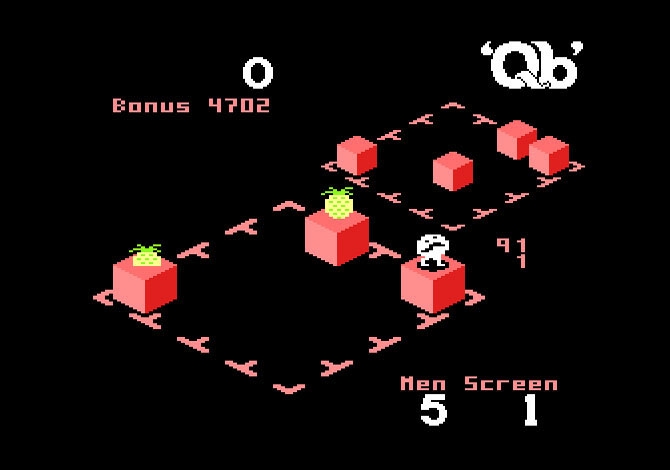
The goal of the game is simple: you slide blocks into a pattern, as shown in the upper right-hand corner of the screen. You can only move the blocks you are standing on, and you can only jump onto other blocks that you are directly next to. Fruit will appear as bonuses, and monsters will try to kill you or slide the blocks around, slowing your progress.
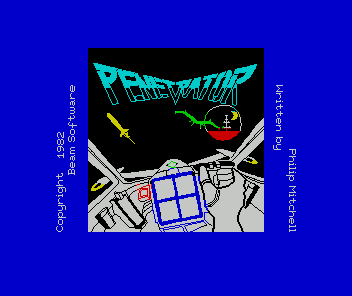
The tastefully named “Penetrator” was one of Beam Software’s earliest games. Designed for the ZX Spectrum by Philip Mitchell and Veronika Megler the game is a clone of Konami’s popular 1981 arcade game “Scramble”. A sideways scrolling shooter “Penetrator” recreates “Scramble”’s challenges of flying and shooting…
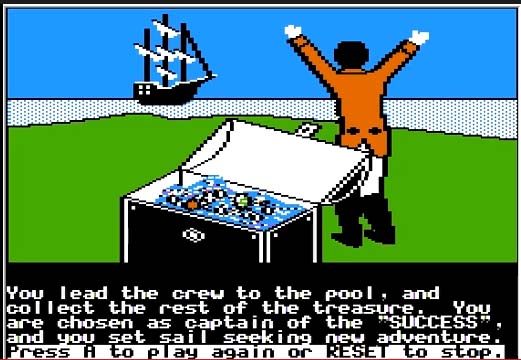
“Pieces of Eight” is designed as an individual or small-group manageable, language-based, educational courseware package. The program, when operating with a small group, promotes dynamic, collaborative interaction and co-operation. Using the software makes students apply a broad range of problem-solving techniques and logical-thinking skills.
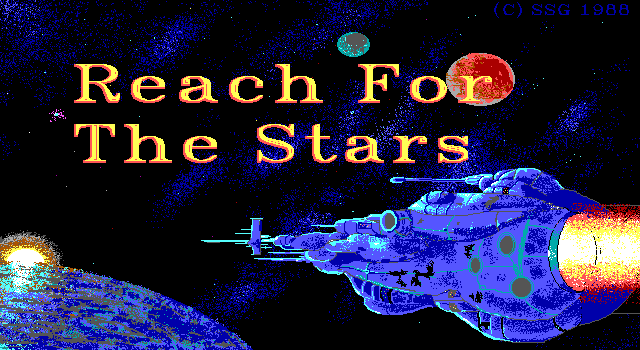
“Reach for the Stars: The Conquest of the Galaxy” is a turn-based, strategy / war simulation game. It is regarded as one of the first and best 4X (eXplore, eXpand, eXploit, eXterminate) games. The game was created and distributed by SSG Strategic Studies Group Pty Ltd.

“Rock’n Wrestle” (known as “Bop’n Wrestle” in the US) was one of the first games to have 3D movement through space. The game allowed for single or dual player modes, using the joystick or the keyboard supporting twenty-four wrestling manoeuvres.
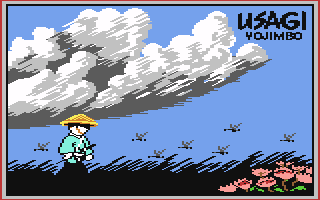
Samurai Warrior: The Battles of Usagi Yojimbo”, is based on a successful comic book by Stan Sakai. The hero is an anthropomorphic rabbit named Miyamoto Usagi, living in seventeenth-century Japan. Usagi is a masterless samurai (a ronin), who wanders the land, occasionally taking up work as a bodyguard.
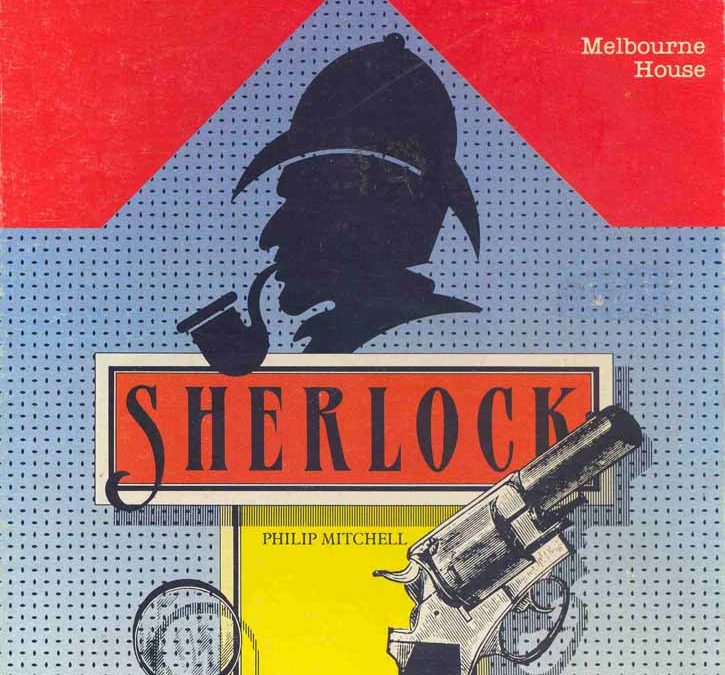
“Sherlock” is a 1984 text adventure developed by Philip Mitchell and Beam Software. It was published by Melbourne House. The game is based on the famous Sir Arthur Conan Doyle books featuring the super sleuth Sherlock Holmes, fiction’s most famous detective. You take the role of Holmes, assisted by Dr. Watson.

Before joining Beam Software in 1982 as their financial director Adam Lancman was working as an auditor in a big accounting company. Lancman had a passion for computer games and his enthusiasm for them was legendary in the office. He quickly became more involved in the business and management of Beam, becoming a shareholder, a director and later CEO. Alfred Milgrom saw Lancman as providing a much needed extra depth to Beams management team.
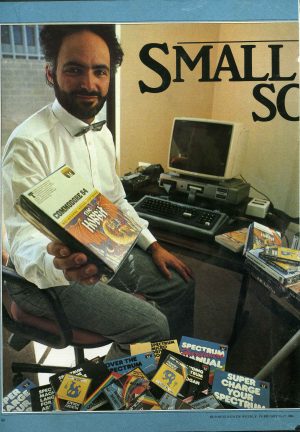
Alfred Milgrom co-founded Melbourne House publishing and Beam Software games development studio. Melbourne House established in 1978 with his wife Noami Besen was orginally a UK registered book publishing company. In 1980, Milgrom and Besen started Beam Software, the electronic gaming arm with distribution through Melbourne House. The name “BEAM” is an amalgam of their names. Beam became successful enough for Melbourne House to cease book publishing and to concentrate on electronic games.
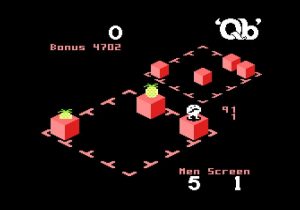
Andrew Davie always loved electronic games and computer programming. He first remembers getting ‘into’ programming around 1977, when he was in grade 7. Davie was passionate about arcade games from the late 1970s. School gave him his first real taste of programming and he taught himself how to write games. He followed this by writing a game on his 31-step Sharp programmable calculator.
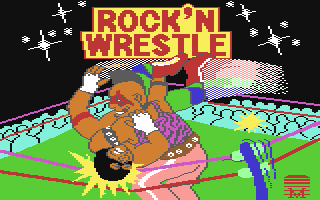
Best remembered for his Pavloada fast loader for speedy cassette loads that even allowed for sound and animations to play during the tape loading, Pavlumanolakos joined Beam in 1984 as a programmer. The first Pavloada was created overnight by Pavlumanolakos as demonstration of his skills for his job interview.
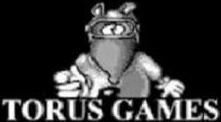
Bill McIntosh was working testing aircraft for Royal Air Force, a job he found rather dull, when in 1981 his wife bought him the new Sinclair ZX 81 for his birthday. He plugged it into a little black and white television and his life changed. From that moment onwards he would wake up early, stay up late and find any spare moment to program games. When the colour Sinclair Spectrum came out in the following year, programming became a true obsession.
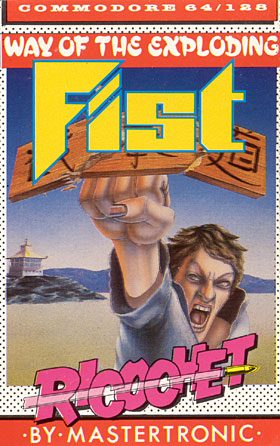
Bruce Bayley studied computer science at RMIT. He worked at Beam Software on games such as The Way of the Exploding Fist(1985) and Rock’n Wrestle(1985). This profile is yet to be completed. Contribute what you know and help to complete the Archive.
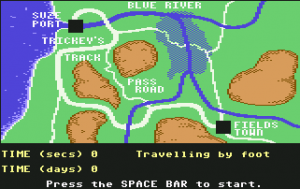
Bruce Mitchell had been an unhappy Vice-Principal in a primary school in Victoria when he submitted a simple project to Jacaranda Software for possible publication. Roseanne Gare liked it and they started corresponding. When Gare resigned from Jacaranda, she suggested Mitchell as a possible replacement.
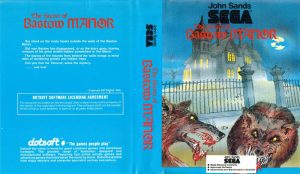
Melbourne-based Darryl Reynolds is best known for his graphic text adventures in particular “The Search for King Solomon’s Mine” and “The Secret of Bastow Manor”. From his home the self-taught programmer ran a small but profitable cottage industry throughout the 1980s, writing games and programs in Basic for a variety of microcomputers.
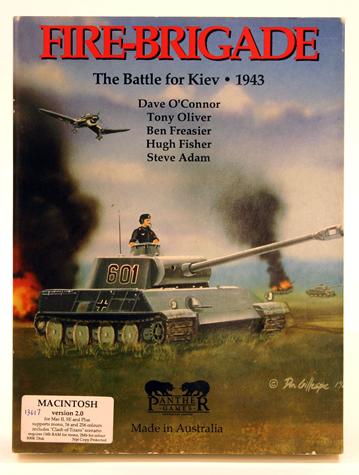
Dave O’Connor has been designing wargames since 1985, with his design credits including “Trial of Strength”, “Fire-Brigade”, “Airborne Assault: Highway to the Reich” and “Airborne Assault: Conquest of the Agean”.

Roseanne Gare recruited David Smith as one of several programmers with educational backgrounds to develop software titles for Jacaranda.
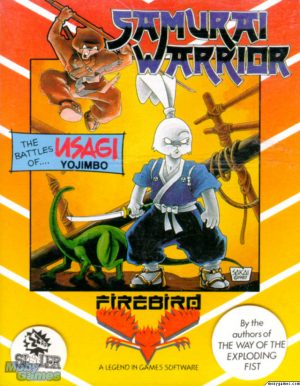
Doug Palmer joined Beam Software as a programmer and analyst in 1985 after completing a Physics degree at the University of Melbourne. Palmer first worked on the implementation of The Lord of Rings He also worked on Judge Dredd and Street Hassle for the C64. He is best remembered for his work on the design and coding for Samurai Warrior: The Adventures of Usagi Yojimbo.
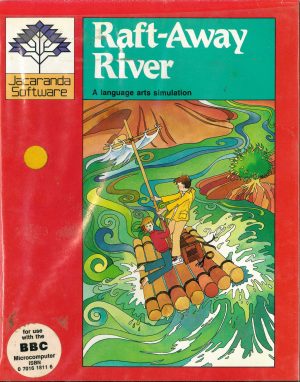
David Smith recruited Gerald Wluka to code Raft-Away River for the Apple. Gerald was a student at Melbourne Grammar School, in one of DLS’s maths classes (that is how David was known at MGS),. David learnt that Gerald was an Apple enthusiast and asked if he could do the work. Of course the answer was yes. The thoughts of a high schooler being paid for his hobby was too attractive – any hurdle could be overcome
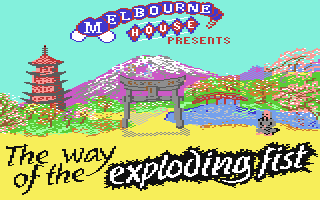
Greg Holland studied art at Bendigo College and went on to study at the Victorian College of Arts in Melbourne. Upon graduating, Holland got a job at Beam Software in Melbourne. When he joined Beam Software, the role of game artist was a position and career that previously had not existed.
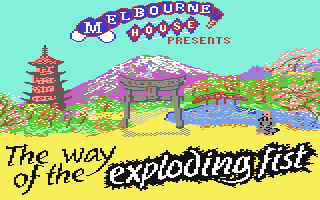
Gregg Barnett’s first job at Beam was to convert “The Hobbit” for to the Commodore 64 , and to create versions of “Hungry Horace” and “Horace Goes Skiing”. He went on to produce a more elaborate version of “The Hobbit” with sound and richer graphics in 1985 for by the Commodore 64 disk drive. With plenty of ideas for games of his own he put forward an idea for a martial arts game. “The Way of the Exploding Fist” which combined Barnett’s interests in sport simulation and interface design.
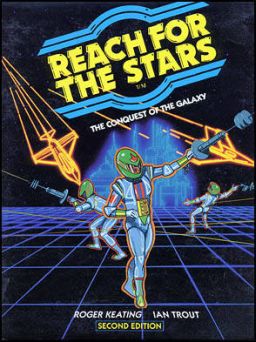
Gregor Whiley joined SSG in 1986. Diplomatic and skilled at managing teams Whiley went on to produce the majority of SSG’s games.
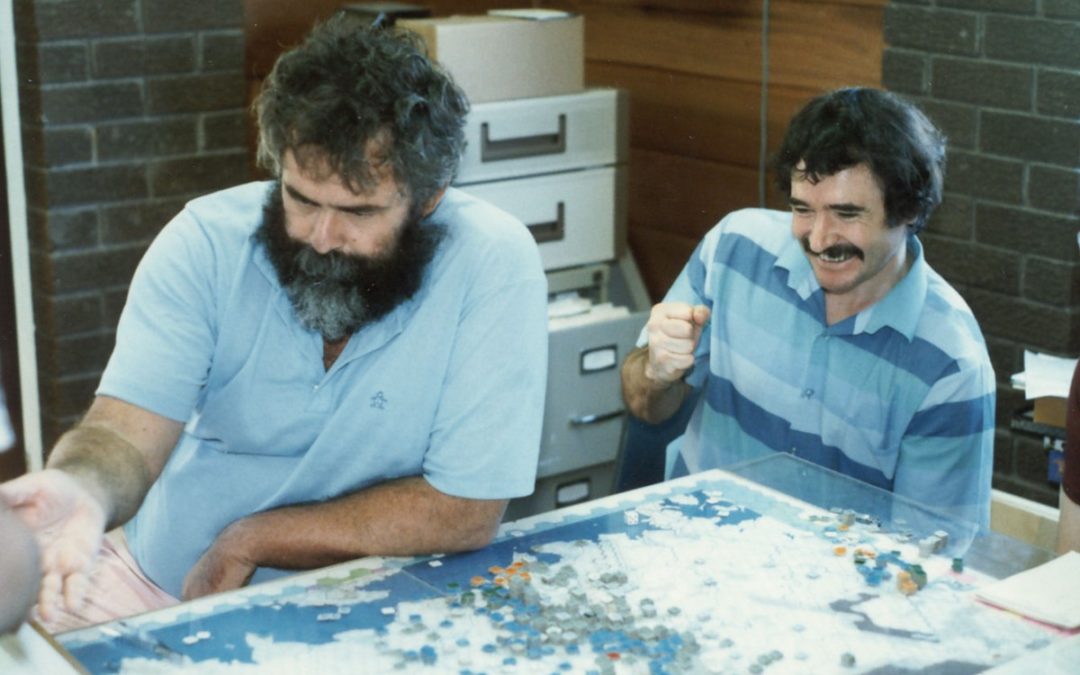
Ian Trout co-founded Strategic Studies Group in 1983 with Roger Keating. Trout a keen wargamer and military history dilettante was the proprietor of Napoleon Military Bookshop renowned for its fine selection of board games and role playing games. It was Trout’s love of board games that influenced SSG first game “Reach for The Stars“.

























